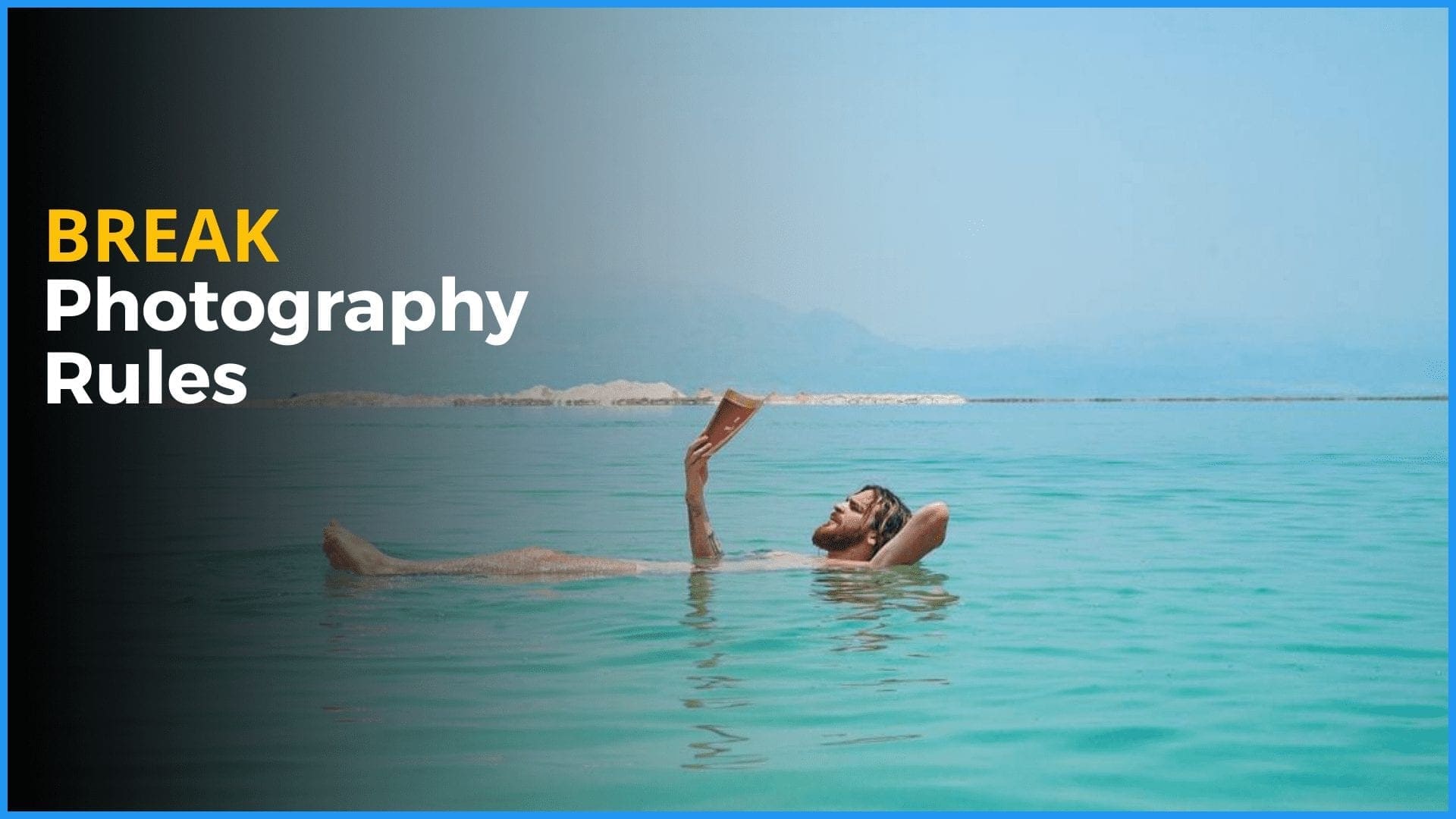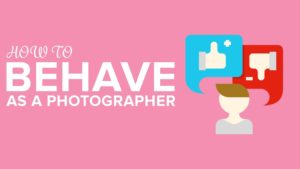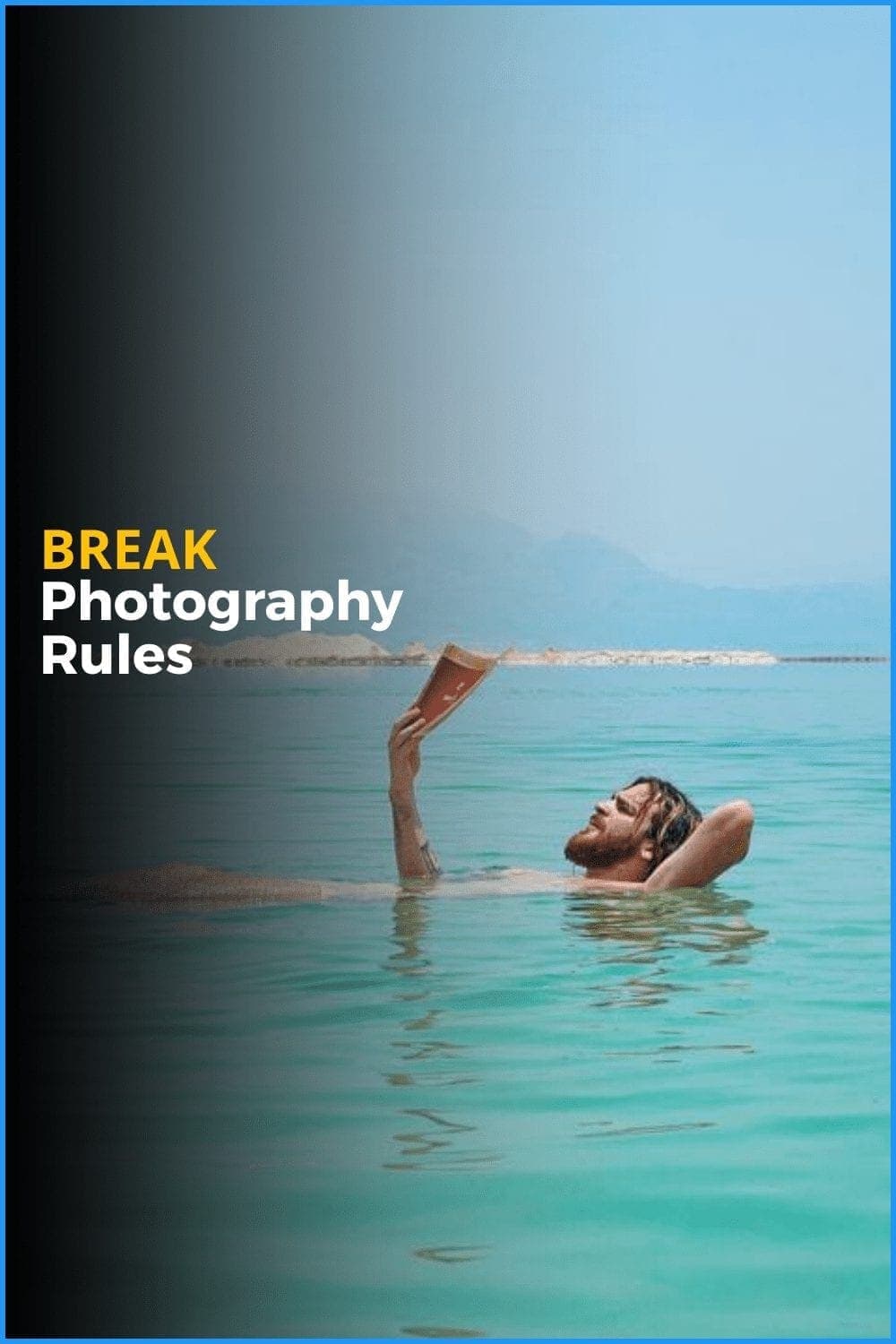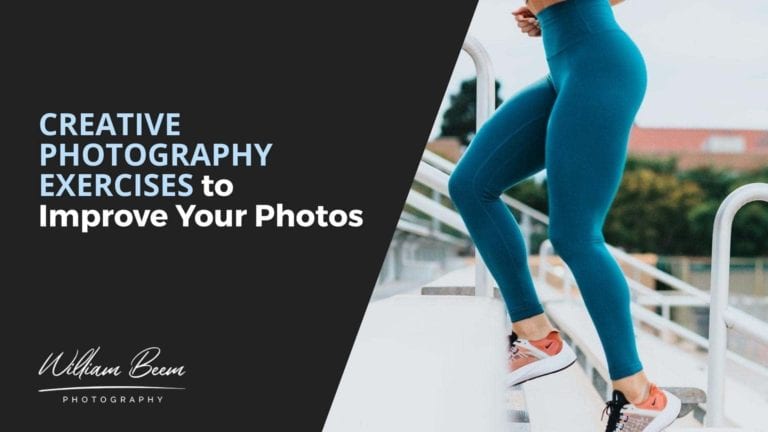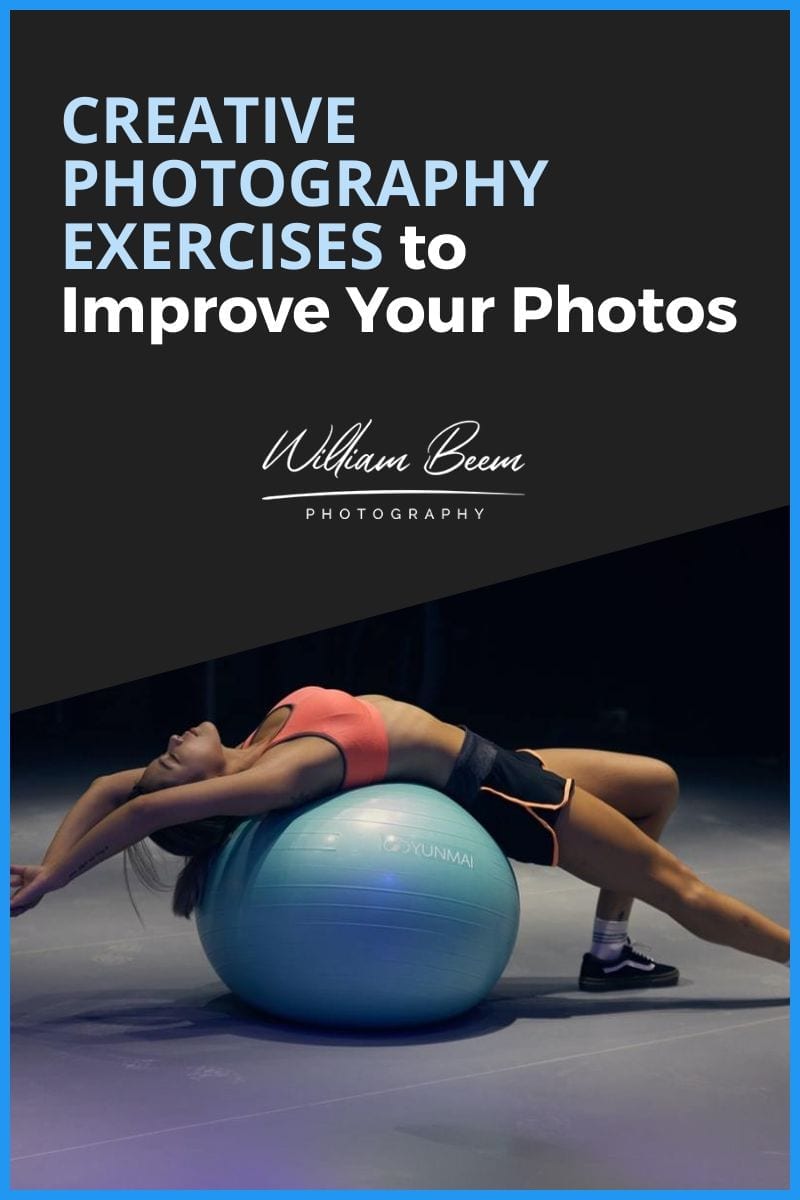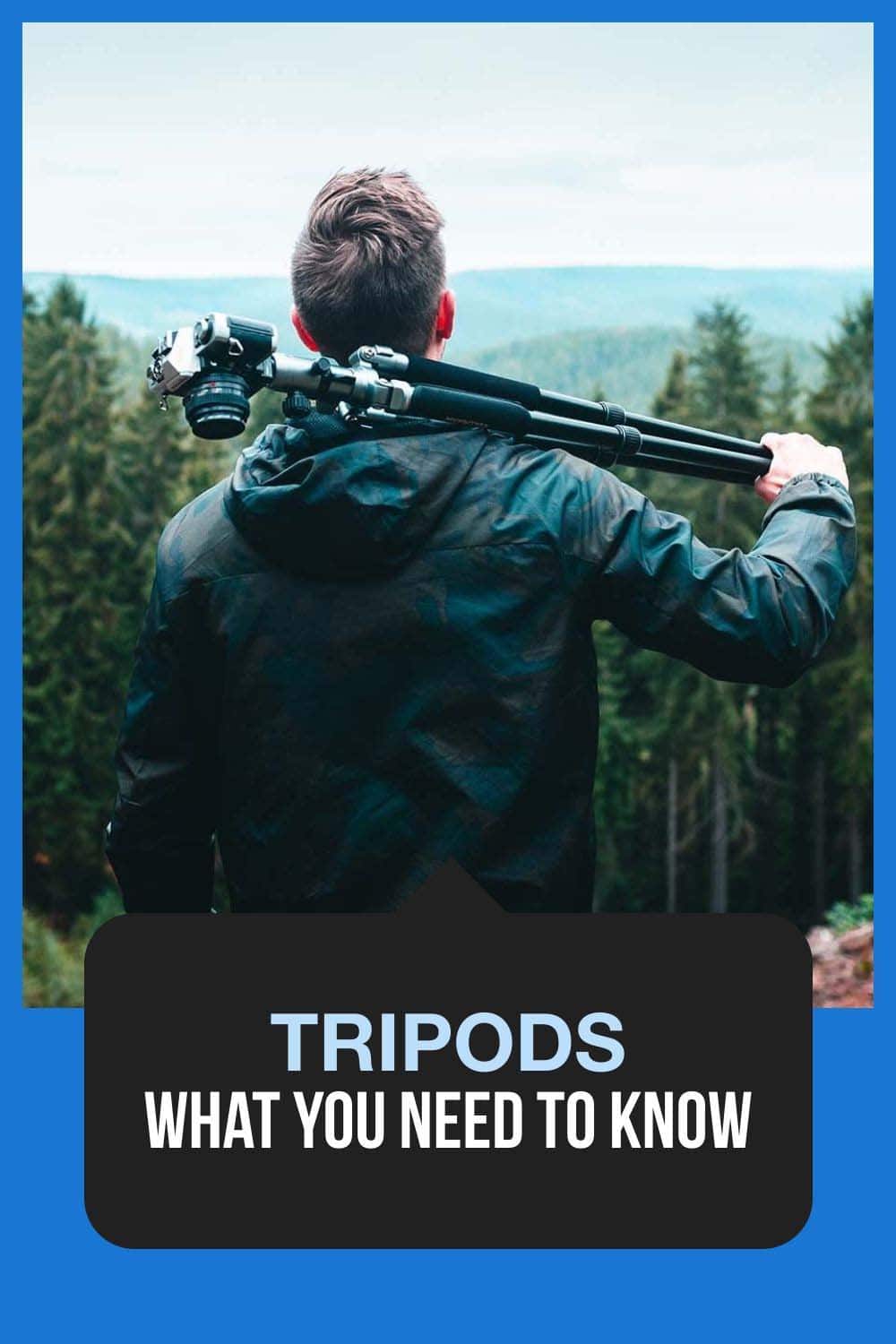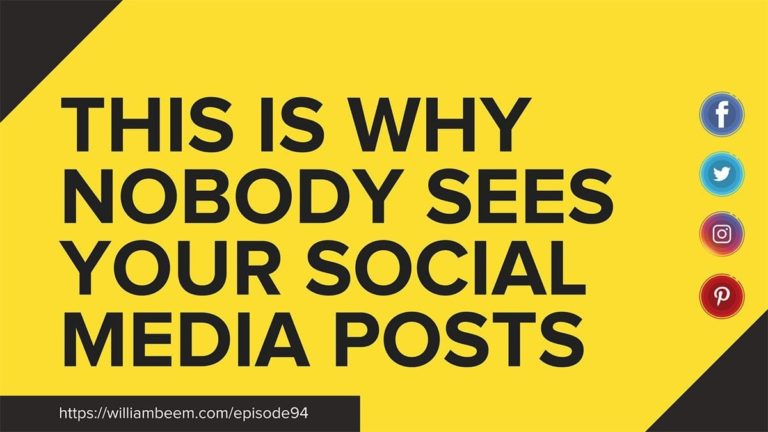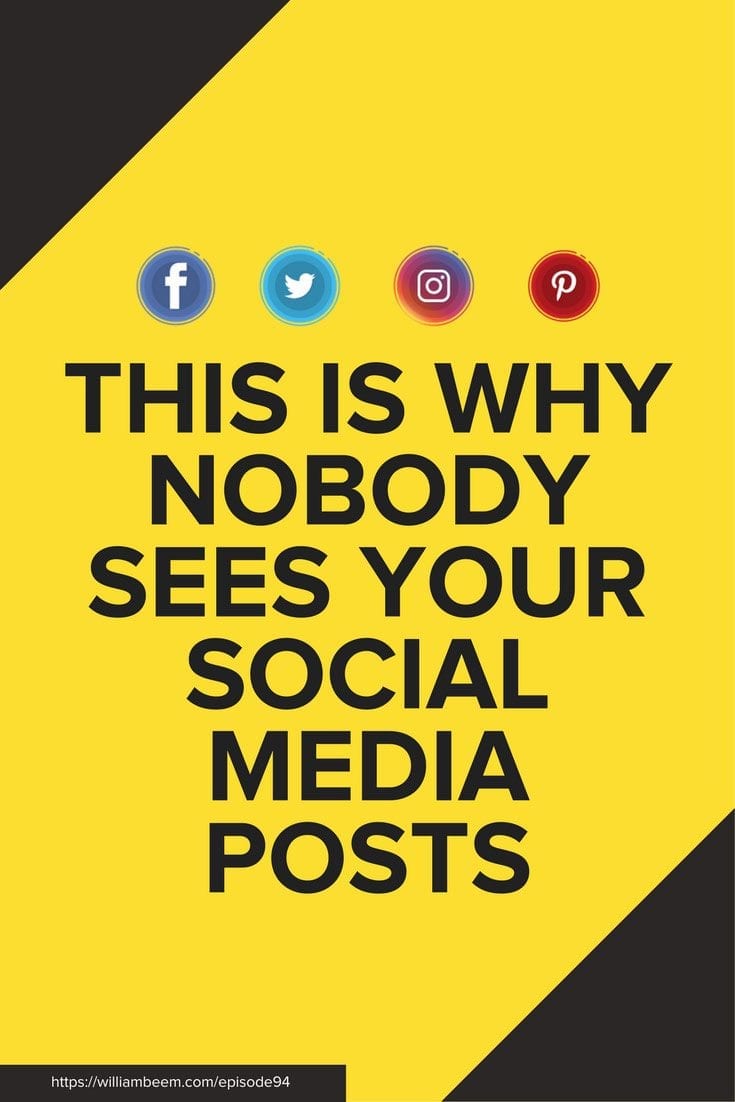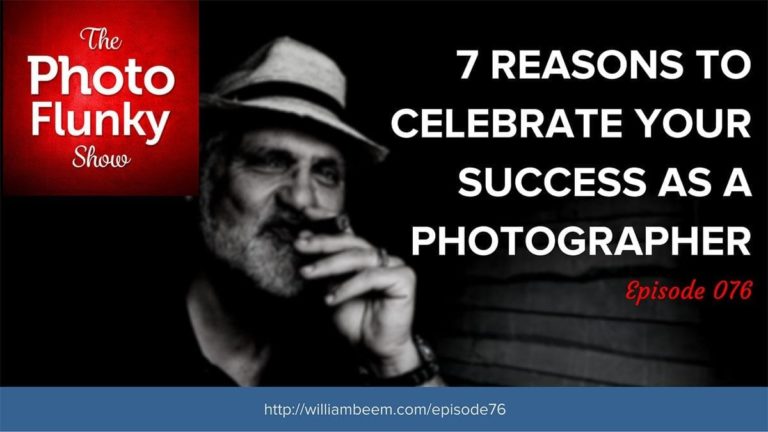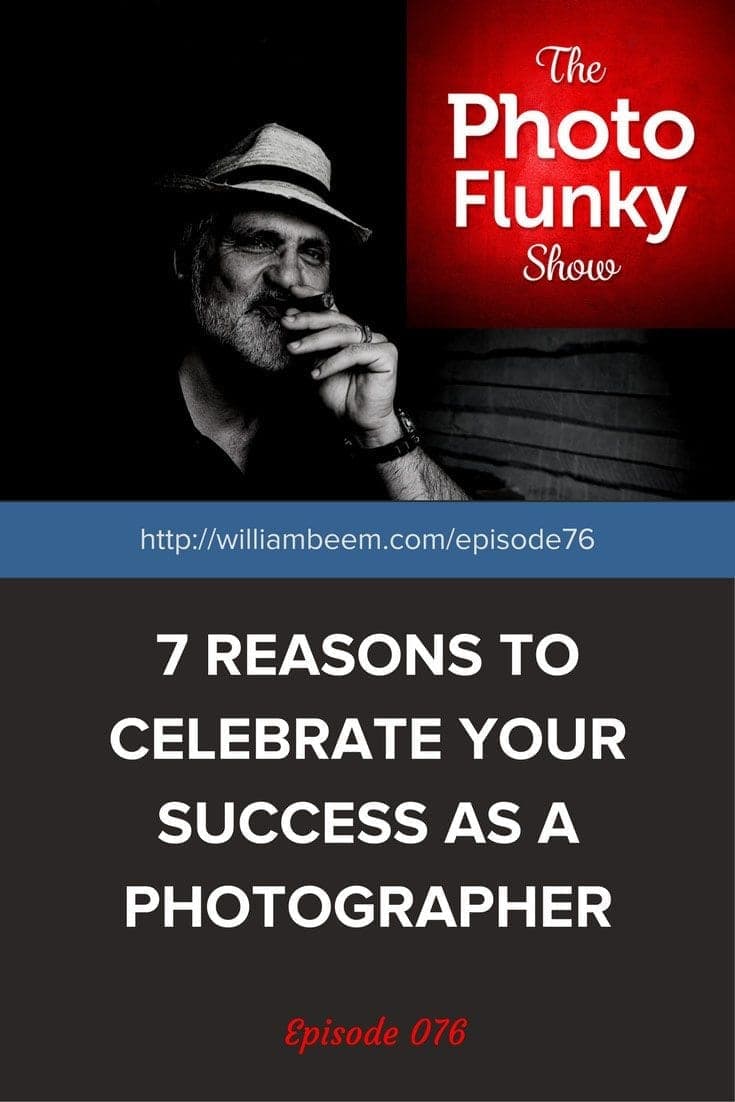Affiliate Disclosure: We earn a commission if you purchase through one of our links at no additional cost to you.
I’m going to encourage you to break photography rules. You know the stuff I’m talking about. Rule of thirds. Leading lines. Which lens to use for a portrait.
All of that crap.
Those rules are like training wheels. They teach you fundamentals and get you going in the right direction when you start. However, they’re also constraints that end up holding you back. Those photography rules are barriers to your own creativity.
So we’re going to say, screw it. Break the photography rules!
Here are 3 Reasons Why You Should Break Photography Rules
Life is full of rules. We have rules for the sake of having rules. Let’s be honest. A lot of people like rules. They feel safe when there are rules.
You’re supposed to stop at a red light. You’re not supposed to crawl over the rail to see the edge of a cliff. That kind of safety makes sense to me.
I don’t want to die.
On the other hand, nobody gets hurt if you don’t follow the Rule of Thirds. You won’t dismember someone if you take a portrait with a wide angle lens instead of a telephoto. Even National Geographic breaks photography rules
What will happen if you break photography rules?
Well, that’s what we want you to find out. Cop an attitude and start doing things your own way. Discover something forbidden.
1: Learn Why the Rules Exist
Do you know what happened the first time I broke a photography rule?
My photo sucked!
When that happens, most people retreat to the safety of the rules. They would rather have safe, boring photos than take a chance and fail. I’m going to tell you that I believe that’s the wrong attitude.
Failing leads to learning. You learn why the rule exists, but that doesn’t mean you shouldn’t try to break it again.
It turns out that sometimes, knowing when to break a rule is all about context. One person’s failure is another person’s creative triumph.
Break the rules to see what happens. You’ll learn that some situations work best when you follow the rules, and others work better when you break the rules.
2: Understand your capabilities when you let go of the rules
If everyone follows the photography rules, then everyone gets the same kind of photos.
Why would we want to be like everyone else?
Breaking the rules lets your creativity out. You aren’t breaking the rules just because you have an attitude. Instead, you’re breaking the rules to escape mediocrity. You want to find out what you can do that someone else isn’t doing.
Think about all of those painters we learned about from years ago.
- DaVinci
- Monet
- Picasso
- Dali
None of them are alike. Clearly, they found a way to break the rules set by cave painters long ago. They established their own creativity and their own rules to achieve work that we admire. All different. All because they saw their own potential and allowed themselves to create great works of art.
3: Nothing great happens when you obey the rules
If you want to do something that shows your potential, you have to let go of the training wheels. Break photography rules and experiment.
Those photography rules guide you to get started. However, we never achieve our full potential by doing what someone else told us to do. We achieve full potential by doing what we feel inside of ourselves.
You can spend the rest of your life taking moderately interesting photographs, or you can break the rules to achieve something great.
It’s your choice.
Time Stamps
There are a lot of rules and photography. People tell you that you can't do this, or you must do that. You have to follow the rule of thirds. You have to have leading lines, all these little rules that tell you everything about what you're supposed to do. And today we're going to tell you break the photography rules. I'm William Beem welcome to I Like Your Picture, the show that helps you improve your photography with visual storytelling.
What is visual storytelling? It's a method of approaching your photography with a knowledge of who you're trying to serve with your photos and what emotion you want to make them feel. We encourage you to concentrate on your subject, light and background to create a photo. Your audience loves. I'm glad you found us. Hi, I'm William Beem. In the last Episode,
one of the things we told you about was having a little bit of attitude, maybe being a little bit of a bad-ass as a photographer today, we're going to follow up on that. We're going to talk about breaking photography rules. So we're going to kind of go over. Why is photography rules exist, but also how people can strain their own creativity by following these rules and why when and how you should break these rules.
Let's start off. I'm going to throw this one to Lee cause last episode, I didn't let her talk that much. Yeah. So Lee tell me what's the purpose behind photography rules, particularly composition rules, maybe color rules, but you know, the kind of thing I'm talking about. No, first of all, generally I see rules as non-existent. I think rules are just somebody else's suggestion about what,
based on what they think is a good idea. I look there when we talk about rules, we're giving a bit of structure and I think when you start off, if you just leave everything wide open. How do you know where or how to start? So you do need some structure when you're trying to find your feet and get the basics down. But I think those rules,
a lot of them are irrelevant. Some of the time or some of them all of the time once you're able to find your feet, once you match to the basics and you're able to choose your own direction with some kind of purpose and or enjoyment, just depending on why, why you're in here photography. So they, they have a purpose initially. And some of the things make sense most of the time,
but I think people get way too caught up in the rules. And there's just this misconception that if you follow all the rules, you gonna have great photos. And I can tell you now that I can look at the most boring photos I've ever seen in my life. And I can tell you that those are the people who followed every single rule to the letter have never strayed from it.
I know it sounds harsh, but good photos aren't necessarily interesting or exciting photos. And that's exactly what I'm thinking of. And I'm going to give you a different example. Let me tell you today. The car that I drive is a 2015 Dodge Charger RT. It's a nice car. It's got a nice power plant in it. I can step on the gas and I listen to the engine roar.
And I really like that. I didn't start there. I started on a tricycle. Then I got a bicycle, but the bicycle had training wheels on it. And you know what? The differences between a tricycle and a bicycle with training wheels? Different levels of constraint. The tricycles, you don't fall off. The training wheels, you're on something that's a bit more precarious,
but it's kind of helping you get used to it. So you don't fall off, but eventually whoever's helping you with the training wheels takes those off. If you had the experience and like you're on a bicycle and you're afraid, you're nervous, but you're excited at the same time. And maybe your dad or somebody you trust is running along on the bicycle,
keeping you up. And then some point you don't know it, but they let go. I remember this happening to me with my father and I yelled back to him. I said, okay, don't let go. Daddy don't let go. And he was further back said, you've been doing this on your own for 50 yards. And next thing you know,
I'm excited. I'm giddy. I'm happy. I'm going without the training wheels. I'm doing something with fewer constraints. And I progressed from that bicycle to bigger bicycles to speed bikes. Then I got a motorcycle and I got a sport bike. I got a car, which was like an old Volkswagen Beetle, which was dad's old car. And I've gone through a progression of cars until I got to the one I have
now. That's kind of the way I see photography rules. You start off with these constraints. They help you. They guide you and they serve a purpose, but you don't hang on to them for your entire photography journey. Yeah. I didn't get training wheels by the way. That's why you crashed. Well, my dad, that was his logic.
He said, if you figure out that it hurts to, to fall, you won't do it anymore. I fell once. And I started to ride. It worked for my daughter too. The rules out there get you started. They give you some guidance because as Lee said, you start off with photography thing. I've never done this before. I don't know what to do.
I don't know how to create a composition. I don't know what I'm supposed to take a photograph. That's where the rules are helpful. But after a while, when you've done photography for a while, you start looking at other people's photographs online, or maybe look at your own, I think, all right, I'm tired of seeing railroad tracks. I'm tired of seeing brick walls.
I'm tired of seeing everything clearly within the rule of thirds. They're not bad rules, but they are constraints. And the idea is you need to break free of the constraints that other people impose upon you. If you're going to be creative and do something unique and on your own, there's the question for you? Lee how do the rules inhibit your creativity?
Well, first of all, creativity is always something that's unique. Being creative means you're not going with the flow. And it doesn't necessarily mean that you're swimming against the tide, but it means you're doing something in your own unique way or presenting it in a different way. When you're following rules, it means you're doing it the way that everybody's been shown.
And those who choose to keep following them are doing, which means there is going to be nothing different about depending which rules you're following. Anything that's covered by those rules. Nothing is going to be unique. You might change the color. You might have a different picture. You might be in a different place, a different subject, but there's just going to be something that's kind of the same.
If we always followed the rules, all of our art would still be cave drawings. You think about painters that have progressed through the ages. Obviously people went from telling stories on cave walls to doing art for creative purposes. There is a difference between what you will see with DaVinci and Monet. And what's the other creepy guy that does Van Gogh, not that creepy.
Well, he's a different - Salvador Dali. That's the one. Dali's the creepy guy. Oh, I don't dislike him at all. But I look at some of his stuff, you know, there's other ones where they did distorted versions of what a person would look like, because they said, well, that's the way I see it. Or that's the way I interpret it.
I'm not trying to make a recreation. Like I'm not trying to paint something. That's going to be a document of what we've seen. I'm trying to express something. And the way that they express it was by breaking the rules of the people who are coming before them. Yeah. That's the whole idea that the rules can inhibit your creativity. If you stay within the rules,
you'll never experiment and find, you know, maybe there's another way to do something. Maybe there's a new way to do something. Those rules may be how you do your composition. They may be how you light your scene. What colors you use, maybe how you do your post-processing. But the idea is you'll never know if you don't try, Basically you don't grow
when you stay within your boundaries. You may decide that you find your own rules for certain circumstances, for, for a temporary period while you're transitioning and to find your own direction. I think if you don't expand on them or experiment with them or tweak them to work with what you know, where you want to go, you're not going to move anywhere.
You're going to stay in that little box with all the same little rules. And we're not telling you that break the rules just to disregard them. We're telling you that if they work for what you're doing, that's fine, but don't let them constrain you. If you always allow yourself to be constrained by a rule that someone else created, you'll never know what you can potentially achieve,
and you'll never be able to influence anybody else. If that's your objective. I suppose you have to break a few rules and fail with it to realize why the rule is there. I think that actually serves the purpose because it helps you to understand why the rule is there and where it's applies. Because I don't care what anybody says. No rules are applicable everywhere.
People who make them like to give you that impression, but you need to understand when to use something and when to break. And that's going to vary for, you know, depending on what you're doing, depending on what you want to do and what you want to avoid. Maybe you just hate that everybody takes a certain angle with a sunrise photo, and you want to do something a little bit different.
Maybe you can break some rules doing that. Some may work some may not, but you get to feel your way around a little bit better when you experiment with them. And that means you've got to be open to screwing a few things up on the way. And also It means taking a couple of risks. You know, one little old rules of photography,
or at least the advice to new photographers is if you want to take an interesting photo, put your camera in an interesting place. In other words, don't stand there at five feet, tall or six feet tall, whatever height you have and just take pictures at eye level. Get down, get above it, get behind it, move your ass and get around your subject and see what happens when you take different angles.
Leave the light in the same position, move the light, whatever it takes. Put your camera in interesting place. Choose different lenses. Choose different things and find out and Lee spoke about like maybe sometimes you find out why the rule exists. And I did this as an experiment. When I was doing some portrait photography, I put on a wide angle lens. I've always been told,
use a long focal length, but I've also seen some great portraits taken like at 35 millimeters. So I thought, all right, I'll give it a try. Well, my photo sucked. It absolutely sucked, but now I know why it sucked. And when I could use 35 millimeters. Again, the reason that sucks is because I was too close and there wasn't an environment around to back it up.
If you're going to do 35 millimeter, it's typically because you want a person in a place. It's not necessarily that always use the long focal length is because it depends on what you're trying to convey. If you want a person in a place you can get away with a short focal length. You might have to tweak a few things. You might have to move around to make sure that you get the distortions out of the way.
But if you just take a picture of a person on a empty blank background, it's going to look weird. I've actually got a photo that I took with an 11 to 16 millimeter. And it's, it's of people. And it won, a little contest. It worked because it was a Halloween parade. And with where I was sitting the people, spotted me with the camera and leaned right into it.
It absolutely worked for that. I wouldn't go taking baby portraits or pictures of my daughter at 11 millimeters. Context really matters too. I mean the one example I have where I think it worked for, what I wanted was with my friend, Colleen, and she collects rubber ducks. And we were in New York where she lived on the top of the Empire State building.
And she had this little rubber dock that looked like the Statue of Liberty. And I said, hold it in the palm of your hand towards the camera. That thing is enormous and huge, closer to the lens. And you know, that's what happens is something gets close to the lens. It looks larger and she looks normal in the background. And then there's also the whole scene at the top of the Empire State building.
It was a perfect portrait for that circumstance. So the context is important about when you break the rules. There's usually a reason why you want to do it. And sometimes you're not going to know what's going to happen until you've experimented enough with different lenses, different subjects in different locations to see what the rules are going to be. And I realized not everybody listening is a portrait photographer.
That's okay. Do the same thing with your travel, your food, your still life, your wildlife, you know, do well. I wouldn't get the fish eye lens on wildlife because as often said, I don't want the animal to eat my face, but within reasonable limits of safety. Yeah, don't worry, sweetheart. It's got like one foot focusing distance and I'm sorry.
We see this all too often. Since we live in Florida, there's always videos of somebody getting too close to an alligator and then learning, the reason why they don't do that. Basically what we're encouraging you to do is become a criminal. Break the rules. I love that. You do. It's 2021. It's 2021, following the rules, will get you to mediocrity.
So last year. If you want to get to a level of greatness, you're not going to get that by following the rules. Nothing exciting, nothing interesting ever came about following the rules. If you want to do something spectacular or unique, you need to do your own thing. You need to trust your feelings and experiment. And that's what we're encouraging you to do.
Be a criminal. Break the rules. Thank you so much, Criminals and rebels. All right. This was episode 247 about breaking photography rules. You can find show notes available at https://williambeem.com/episode247. I would love it. If you're into Luminar AI. Of course. I have a course on Luminar AI. I can barely speak.
Of course I have a course. Hey, this is actually a very interesting and great program. And Luminar AI Elements is billable at https://williambeem.com/courses. Go check it out. If you use Luminar AI, if you don't have Luminar AI, you can buy it at a discount using my coupon code, which is Beem. And then I will give you the course for free,
just email your receipt to support@https://williambeem.com and you can get the course for free. And if you've already bought it, go ahead and check out the course. I hope you love it.
Related Links

